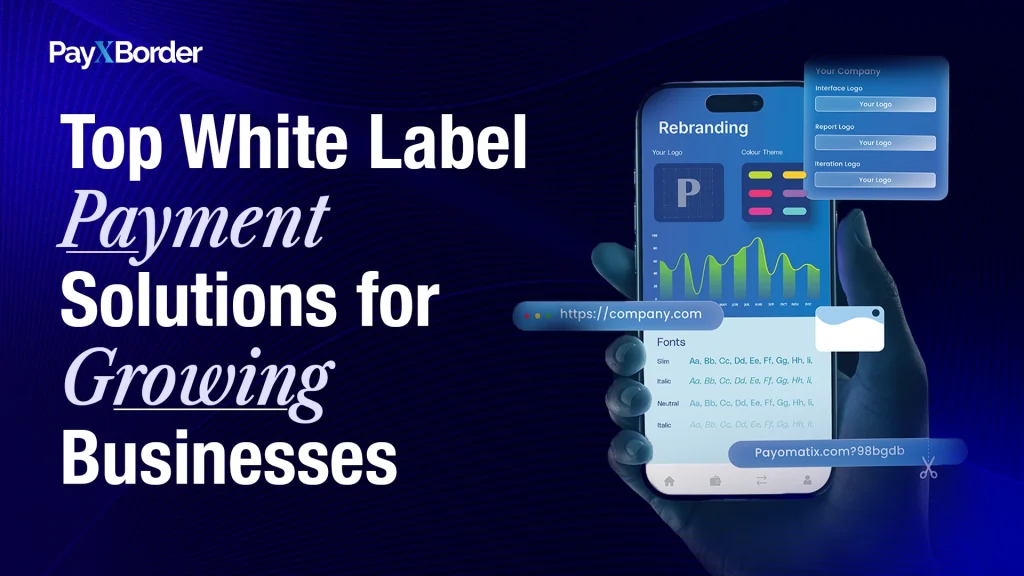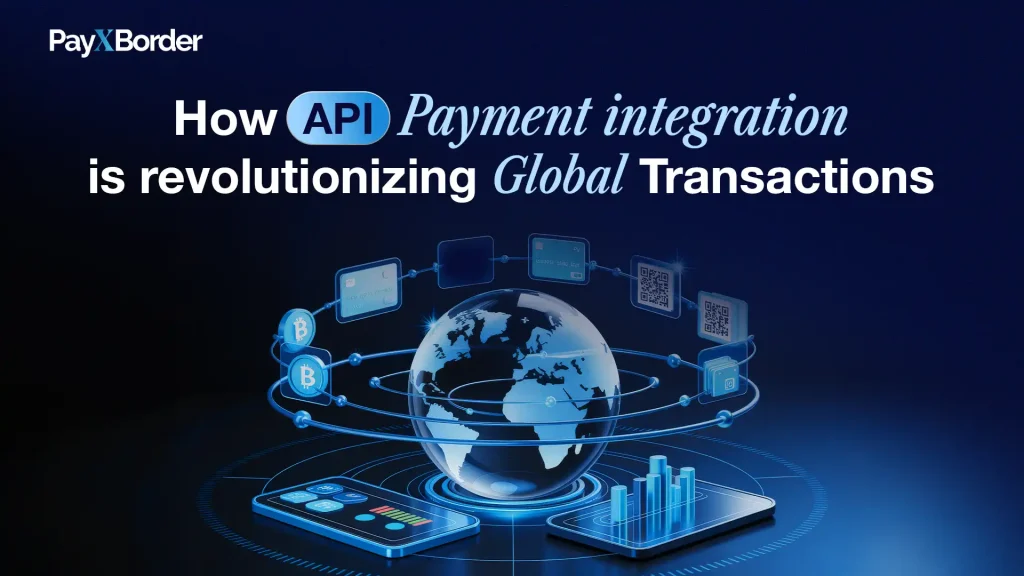“Want to launch your payment platform without building from scratch? White Label Payment Solutions are your fast track to global growth.”
In the fast-moving digital economy, businesses are looking for smarter, faster, and more cost-effective ways to scale their services while enhancing customer experience. For fintech startups, SaaS providers, and growing eCommerce businesses, payments are no longer just a backend function—they are a key differentiator.
However, building a secure, compliant, and scalable payment system from scratch is costly and time-consuming. This is where White Label Payment Solutions step in, allowing businesses to launch fully branded, ready-to-scale payment services under their name without the heavy lifting of infrastructure development.
In this guide, we will break down what white label payment solutions are, why they matter, their core benefits, and how platforms like PayXBorder are empowering growing businesses to harness these solutions for their global expansion.
What Are White Label Payment Solutions?
White Label Payment Solutions allow businesses to leverage a payment platform provider’s infrastructure while branding the payment experience as their own. Essentially, you get:
- Ready-made payment processing capabilities
- Branded checkout experiences
- Access to multi-currency and cross-border payments
- Compliance and security infrastructure
- APIs and dashboards for management
The beauty lies in speed and flexibility. Instead of spending months building, testing, and certifying a payment system, businesses can launch in weeks using a white label platform like PayXBorder, offering a seamless payment experience to customers while focusing on growth and customer acquisition.
Why Growing Businesses Need White Label Payment Solutions
Speed to Market
In a competitive landscape, being first can make all the difference. White label solutions allow businesses to go live with advanced payment functionalities in a fraction of the time it would take to build internally.
Cost Efficiency
Building payment systems from scratch requires significant investment in technology, compliance, and security. White label solutions significantly reduce upfront and ongoing operational costs, turning capex into predictable opex.
Brand Control
Customers interact with your brand throughout the payment journey, strengthening trust and loyalty while keeping competitors out of sight.
Scalability
As your business grows, white label solutions can handle increasing transaction volumes, adding payment methods, currencies, and geographies without operational bottlenecks.
Compliance and Security
Payment processing comes with stringent regulations like PCI DSS, AML, KYC, and GDPR. White label providers handle these requirements, ensuring your payment operations remain secure and compliant.
Key Features to Look for in White Label Payment Solutions
Multi-Currency and Cross-Border Capabilities
Growing businesses should seek solutions that support multiple currencies and cross-border payments to serve international customers efficiently.
API-First Infrastructure
APIs enable seamless integration with your existing platforms, allowing for real-time payment processing, reconciliation, and reporting.
Branded Checkout Experiences
Ensure the solution supports customizable checkout forms, branded customer portals, and mobile-friendly payment flows.
Fraud Prevention and Security Layers
White label payment platforms should include advanced fraud detection tools, encryption, tokenization, and secure authentication.
Real-Time Analytics
Access to real-time dashboards and reports empowers businesses to track transactions, monitor performance, and optimize operations.
How White Label Payment Solutions Support Cross-Border Transactions
Cross-border payments add complexity with multiple currencies, regulations, and local payment preferences. A strong white label solution like PayXBorder offers:
- Local payment methods to increase customer trust and conversion rates
- Real-time FX management to reduce costs and improve transparency
- Regulatory compliance across markets
- Fast settlements for improved cash flow
- Localization options for invoices and communications
Businesses can expand globally with confidence, using a single, unified platform.
Industries Benefiting from White Label Payment Solutions
Fintech Startups
Launch your payment services under your brand quickly while focusing on customer acquisition and innovation.
SaaS Platforms
Enable in-app payments, subscription billing, and global payouts, enhancing customer retention and revenue streams.
eCommerce Businesses
Offer seamless, branded checkout experiences with multi-currency support, reducing cart abandonment and improving conversion rates.
Marketplaces and Platforms
Manage payments between buyers and sellers, handle payouts, and ensure compliance without complex development work.
How PayXBorder Powers Growing Businesses with White Label Payment Solutions
PayXBorder provides businesses with powerful white label payment infrastructure, offering:
- Multi-currency payment acceptance in 50+ currencies
- Fast, compliant cross-border payment capabilities
- Developer-friendly APIs for seamless integration
- Branded checkout flows
- Automated KYC, AML, and PCI DSS compliance
- Real-time reporting and payment tracking
By using PayXBorder’s White Label Payment Solutions, businesses can provide a frictionless, branded payment experience to customers while focusing on growth.
Compliance and Security with White Label Payment Solutions
Security is critical in payment processing. PayXBorder ensures:
- PCI DSS-compliant data management
- GDPR-aligned data protection
- Advanced fraud detection systems
- AML and KYC verification for risk management
This means your business can scale payment operations without worrying about legal, operational, or reputational risks.
Why Now Is the Time to Invest in White Label Payment Solutions
The payment ecosystem is evolving rapidly, and businesses that prioritize seamless, branded, and efficient payment experiences will have a competitive edge. White Label Payment Solutions provide:
- Quick launch with minimal development
- Reduced operational complexity
- Scalable infrastructure ready for global growth
- Enhanced customer experiences
Platforms like PayXBorder are making these capabilities accessible to businesses of all sizes, helping them scale while maintaining full control over their payment processes.
Conclusion: Transform Your Payments Strategy with White Label Solutions
White Label Payment Solutions are the smart way for businesses to enter the global payments market, offering the ability to deliver branded, seamless, and secure payment experiences without heavy operational burdens.
Ready to elevate your payment strategy? Discover how PayXBorder’s White Label Payment Solutions can empower your business to scale globally while maintaining control and compliance.📧: payxborder@payomatix.com
🌐: https://payxborder.in








